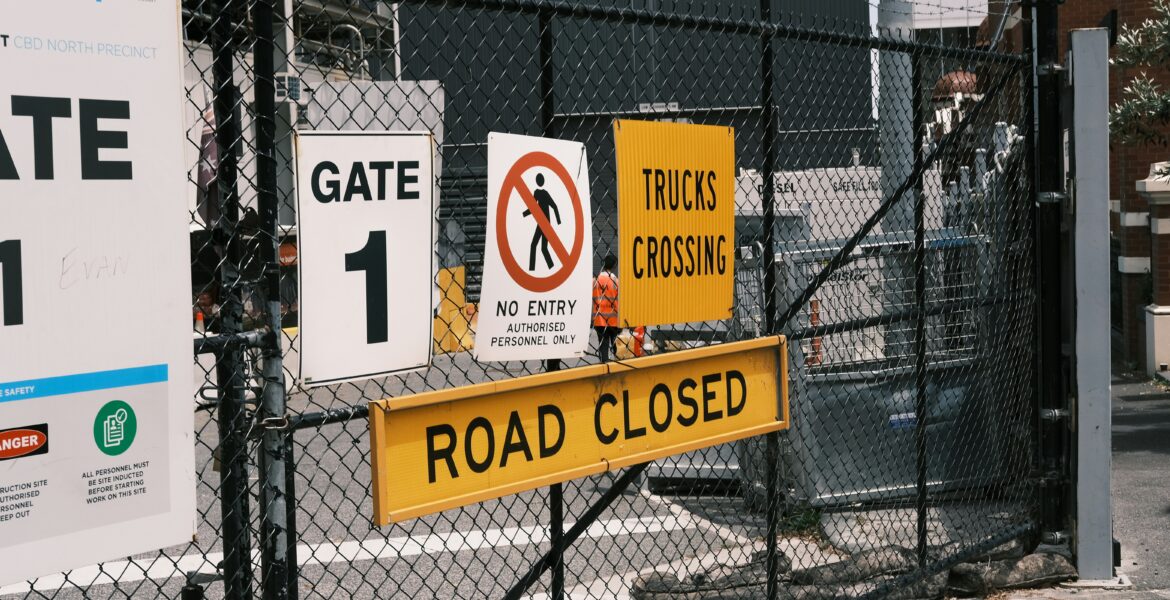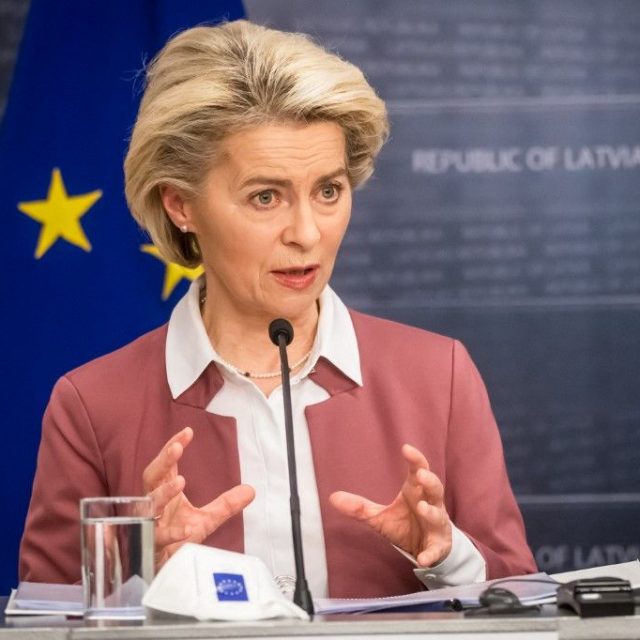Most people familiar with EU affairs know the single market is a myth. Hailed as the bedrock of the European Union, it was never completed and is now crumbling, writes Giles Merritt
Saving it is vital but difficult. The Commission has just announced a new single market strategy, although it remains to be seen how effective the Brussels executive’s efforts will be. Its recent track record is disappointing.
Ursula von der Leyen’s Commission is increasingly criticised for a reluctance to pursue member states that dilute or openly flout the rules. The internal market, say critics, now exists in name only. A new IMF report agrees, reckoning the hidden costs of trading across Europe’s national frontiers to be equivalent to a tariff of 45% on goods and 110% on services.
Donald Trump’s threatened tariffs look almost benign compared to these self-inflicted barriers. Growth is being hamstrung, and that’s especially true of services that are key to Europe’s economic fortunes.
These growing internal barriers are largely invisible, but no less daunting for that. Obstacles to free cross-border trade and investment range from bureaucratic tricks that protect local interests to various governments’ gold plating supposedly to enhance EU rules but that in practice impose restrictive requirements.
Layer upon layer of technical specifications and regulatory improvements are making life harder for export-minded corporations and impossible for small and medium-sized outfits. Refusals to recognise other EU nationalities’ qualifications are the bane of service providers exploring new markets.
Forty years ago, Jacques Delors rescued the European project when it was becalmed in political doldrums with the promise of a seamless Europe-wide marketplace for goods and services by 1992. He revitalised failed earlier efforts with a streamlined plan to cut through protectionist national barriers and delivered almost all of its 300 specified objectives.
Delors’ mantra was to create a continent-wide US-style marketplace yielding dynamic economies of scale. This was never achieved; the proof being that while the US and EU economies at that time level-pegged, America’s has since grown to be a third larger. IMF analysts note that business between EU countries is less than half that conducted across state lines in the US.
Europe’s slower introduction of digital technologies and laggard innovation tends to be blamed for the widening transatlantic gap, but the greater culprit looks to be the EU’s failure to impose tough love free trade conditions on member states, and also to tie up the loose ends in financial services and banking that rob Europe of a shared capital market.
The greatest casualty is services. These now make up three-quarters of the EU’s collective €17bn yearly GDP, and the most worrying fact revealed by the IMF is that services trade within individual EU countries is more or less the same as their levels of exported services. It should be far larger as the only hope for Europe’s development of AI and high-impact new bio and chemicals technologies is to use the EU single market as a springboard to the global marketplace.
The problem isn’t only national protectionism. Environmental measures, although clearly needed to combat climate change, have created a web of technical specifications. It is clearly time for regulatory rationalisation accompanied by a re-think of the EU’s approach to rule-making.
That wouldn’t, however, absolve the European Commission from responsibility for its increasingly lax policing of the Single Market. The last decade has seen a remarkable reduction in the number of legal actions against member governments in breach of EU laws. In 2013, almost 1,400 lawsuits were filed, and in 2023 that had fallen to 500 or so. The first three years of the Von der Leyen Commission saw an 80% drop in these actions.
The explanation seems partly to be a reluctance to upset national administrations, and also the widening of the Commission’s geopolitical role. It’s hard to tell whether it can reverse its retreat from the core responsibility for single market enforcement. It has set a 2030 target date, emphasising that as well as tackling trade barriers the EU must also simplify an increasingly complex rulebook. “The regulatory burden is seen as an obstacle by two-thirds of companies,” it acknowledges.
Announcing a new EU strategy is one thing, implementing it is quite another. The Commission arguably needs to take a leaf from Jacques Delors’ 1992 playbook and set out a detailed timetable of initiatives and reforms that public and private sector decision-takers can check-off month by month. The key to saving the single market will be transparency.
 |
The author, Giles Merritt is the Founding Director of the “Friends of Europe”.
|




